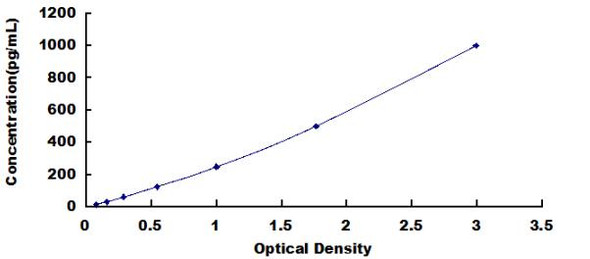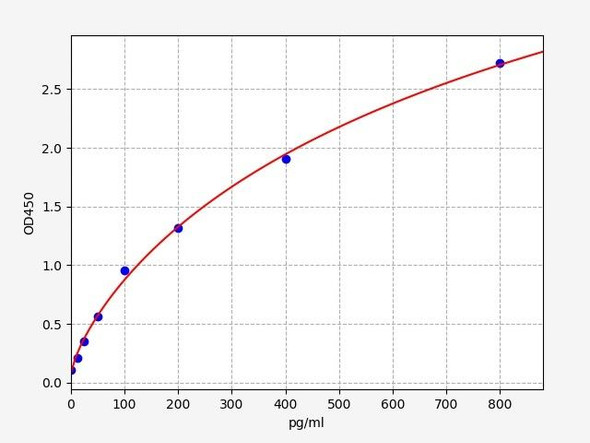Description
| Product Name: | Recombinant Human Placenta Growth Factor/PGF/PIGF/PLGF (C-6His) |
| Product Code: | RPES6287 |
| Size: | 10µg |
| Species: | Human |
| Expression Host: | HEK293 Cells |
| Synonyms: | PlGF2, PlGF-2, PGF, PLGF, PlGF2, PlGF, PGFL |
| Mol Mass: | 18.2 kDa |
| AP Mol Mass: | 25-30 kDa |
| Tag: | C-6His |
| Purity: | > 95 % as determined by reducing SDS-PAGE. |
| Endotoxin Level: | < 1.0 EU per μg of the protein as determined by the LAL method. |
| Bio Activity: | Testing in progress |
| Sequence: | Leu19-Arg170 |
| Accession: | P49763-3 |
| Storage: | Generally, lyophilized proteins are stable for up to 12 months when stored at -20 to -80°C. Reconstituted protein solution can be stored at 4-8°C for 2-7 days. Aliquots of reconstituted samples are stable at < -20°C for 3 months. |
| Shipping: | This product is provided as lyophilized powder which is shipped with ice packs. |
| Formulation: | Lyophilized from a 0.2 μm filtered solution of 20mM PB, 150mM NaCl, pH 7.2. Normally 5 % - 8 % trehalose, mannitol and 0.01% Tween80 are added as protectants before lyophilization. Please refer to the specific buffer information in the printed man |
| Reconstitution: | Please refer to the printed manual for detailed information. |
| Background: | Placental growth factor is a protein that in humans is encoded by the PGF gene. It is a secreted protein and belongs to the PDGF/VEGF growth factor family. Alternate splicing results in at least three human mature PlGF forms containing 131 (PlGF‑1), 152 (PlGF‑2), and 203 (PlGF‑3) amino acids (aa) respectively. PlGF is mainly found as a variably glycosylated, secreted, 55 ‑ 60 kDa disulfide linked homodimer.The protein is a member of the VEGF (vascular endothelial growth factor) sub-family-a key molecule in angiogenesis and vasculogenesis, in particular during embryogenesis. The main source of PGF during pregnancy is the placental trophoblast. PGF is also expressed in many other tissues, including the villous trophoblast. PlGF (especially PlGF‑1) and some forms of VEGF can form dimers that decrease the angiogenic effect of VEGF on VEGF R2. PlGF‑2, like VEGF164/165, shows heparin‑dependent binding of neuropilin (Npn)‑1 and Npn‑2, and can inhibit nerve growth cone collapse. Circulating PlGF often correlates with tumor stage and aggressiveness, and therapeutic PlGF‑2 antibodies are being investigated for their ability to inhibit tumor growth and angiogenesis. |






